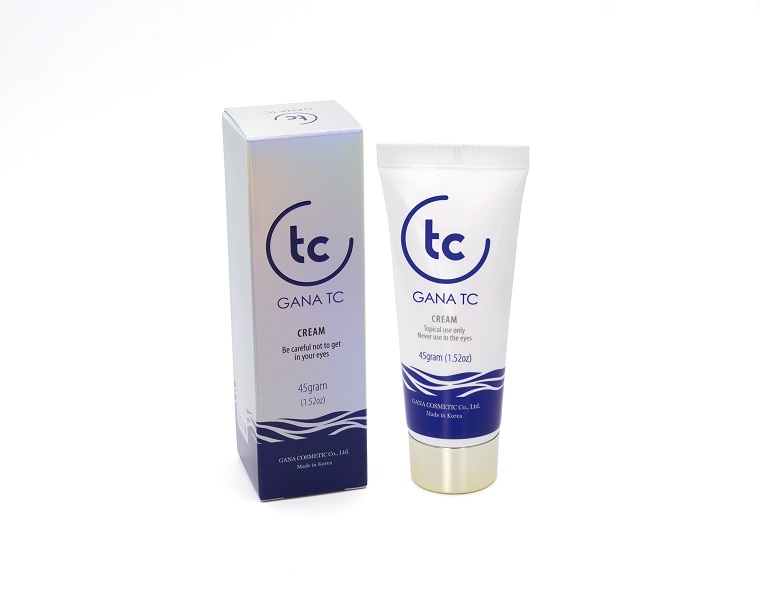Tube type
45gram
Effects:
Very effective for
1.Skin rejuvenation by PDRN (salmon sperm DNA)
2.Mild and non irritable peeling by PHA
3.Wrinkle removal and face lifting by acetyl hexapeptide-8
4. Immediate hydration and skin defect recovering
by Cross linked hyaluronic acid
Main ingredients
-PDRN ( poly deoxy ribo nucleotide)
0.5%
Lactobionic acid
0.5%
-Acetyl hexapeptide-8
( similar function to botulinum toxin)
25ppm
- Cross linked hyaluronic acid
( main components of dermal fillers)
1%

Acetyl
hexapeptide-8, Argireline
Argireline is
made up of peptides, which are chains of amino acids that can affect how
cells in the body work.
When Argireline is applied
to the skin,
it is absorbed into the body and the
cream's chemical composition causes the facial muscles to contract with less
force.
Argireline
prevents the formation of expression wrinkles by somehow inhibiting muscle
movement.
What Is PDRN?
Polydeoxyribonucleotide is derived from sperm trout through an extraction
process.
The compounds are able to stimulate Vascular Endothelial Growth
Factors and certain receptors in the body that trigger the creation
of new artery formation, improves blood flow, and reduces inflammation.
Most importantly, PDRN provides the nucleotides necessary for
cell regeneration.
In addition to its use for diabetic foot ulcers, PDRN has proven
effective in treating PAOD, chronic wounds, hind limb
ischemia, osteoarthritis disease, coronary artery disease, and burn
injuries
Cross linked
hyaluronic acd
Cross linked HA is not normal HA of cosmetics
This is mani components of dermal fillers
Cross HA is linked by BDDE ( cross linker) to stay in human skin
more than 6 months up to 18 months
Restore depressed soft tissue so that to elevate sunken wrinkle
and store water in dermis
What is PHA( Exfoliant , Antioxidants)
Polyhydroxy
acids are ingredients such as gluconolactone and lactobionic acid.
They’re supposed to be as effective
as AHAs, but less sensitizing.
Gluconolactone and lactobionic acid are
chemically and functionally similar to AHAs (such as glycolic acid).
The significant difference between them
and AHAs is that gluconolactone and lactobionic acid have larger molecular
structures,
which limits their ability to penetrate
the skin,
resulting in less potential for
sensitizing side-effects.
Supposedly, this reduced absorption into
the skin does not hamper their effectiveness.
Does that mean gluconolactone and lactobionic
acid are better for your skin than AHAs in the form of glycolic acid or lactic
acid?
According to an Internet-published
class lecture by Dr. Mark G. Rubin, a board-certified dermatologist and
assistant clinical professor of dermatology at the University of California,
San Diego, research on gluconolactone demonstrated only a “6% decrease in
dermal penetration” in comparison to glycolic acid, which “isn’t a dramatic
improvement.”
Gluconolactone may be slightly less
sensitizing for some skin types,
but this isn’t the magic bullet for
exfoliation some cosmetics companies have been extolling.
Polyhydroxy acids can also function as
antioxidants and may promote some amount of improvement in skin’s surface
strength


